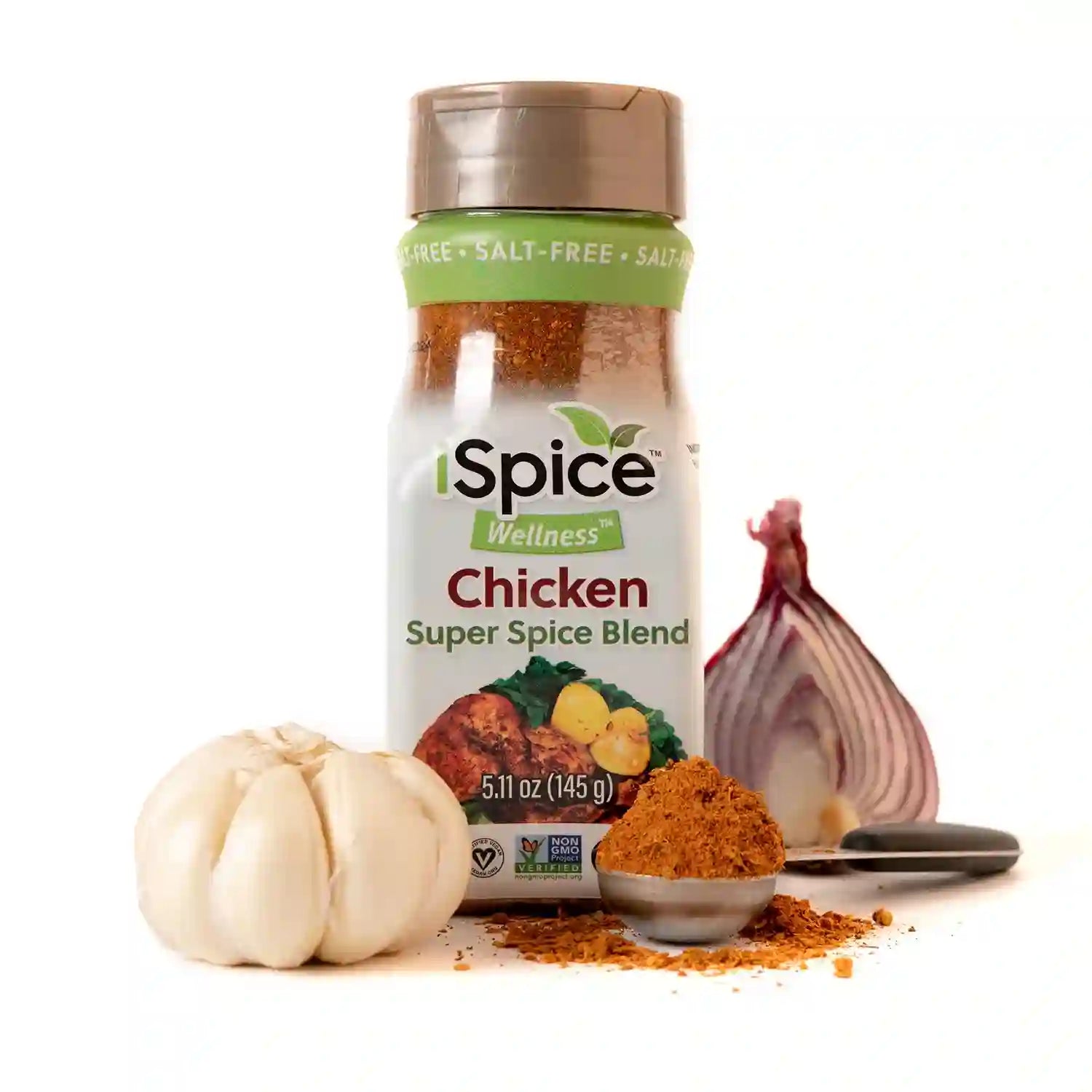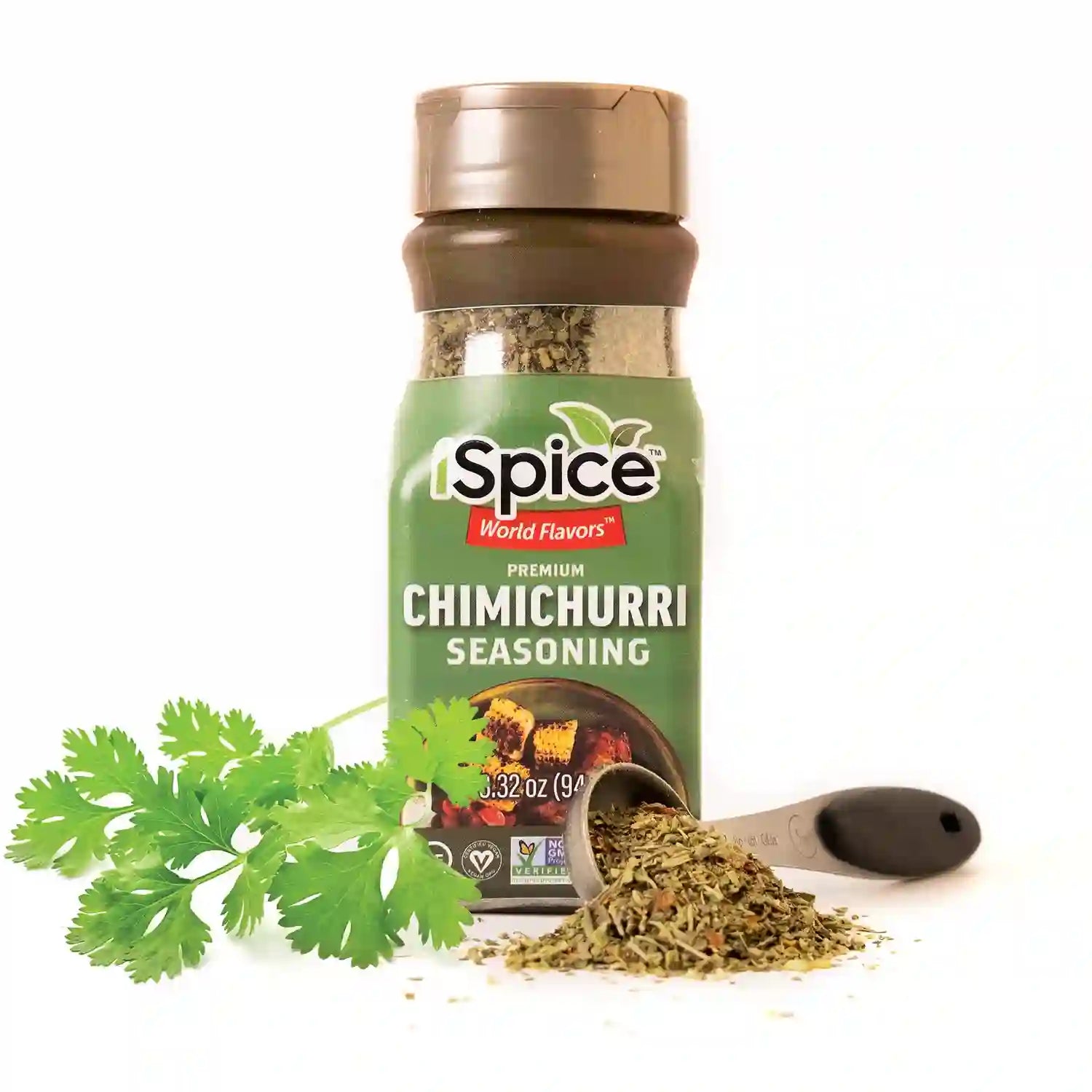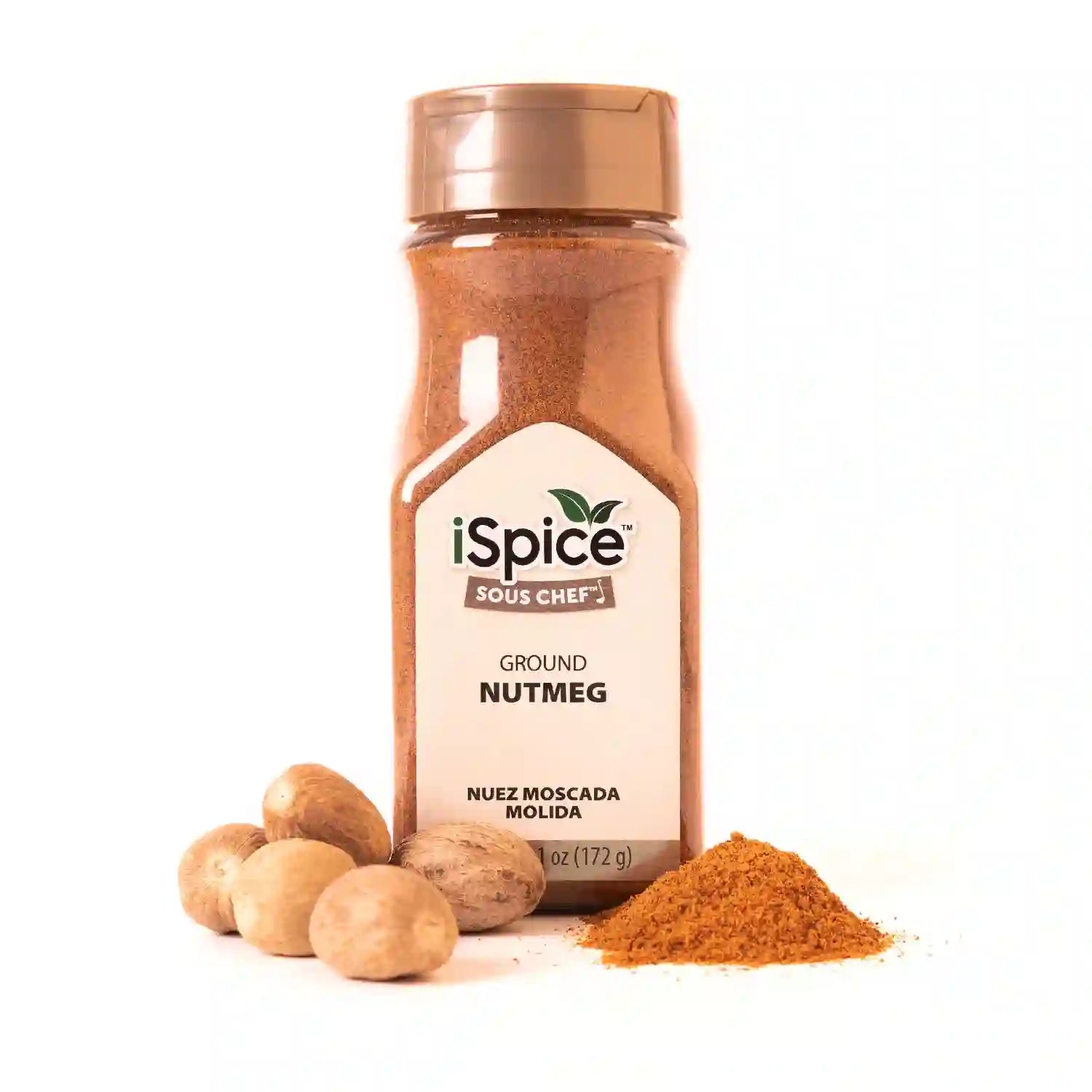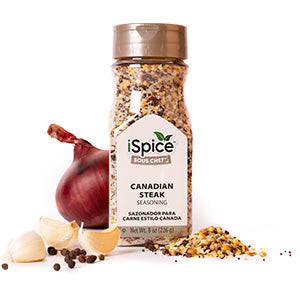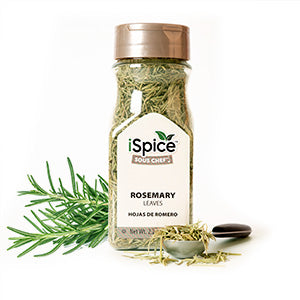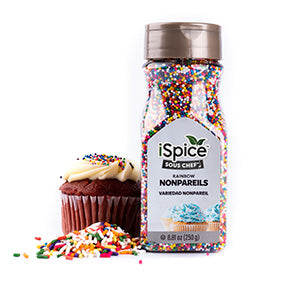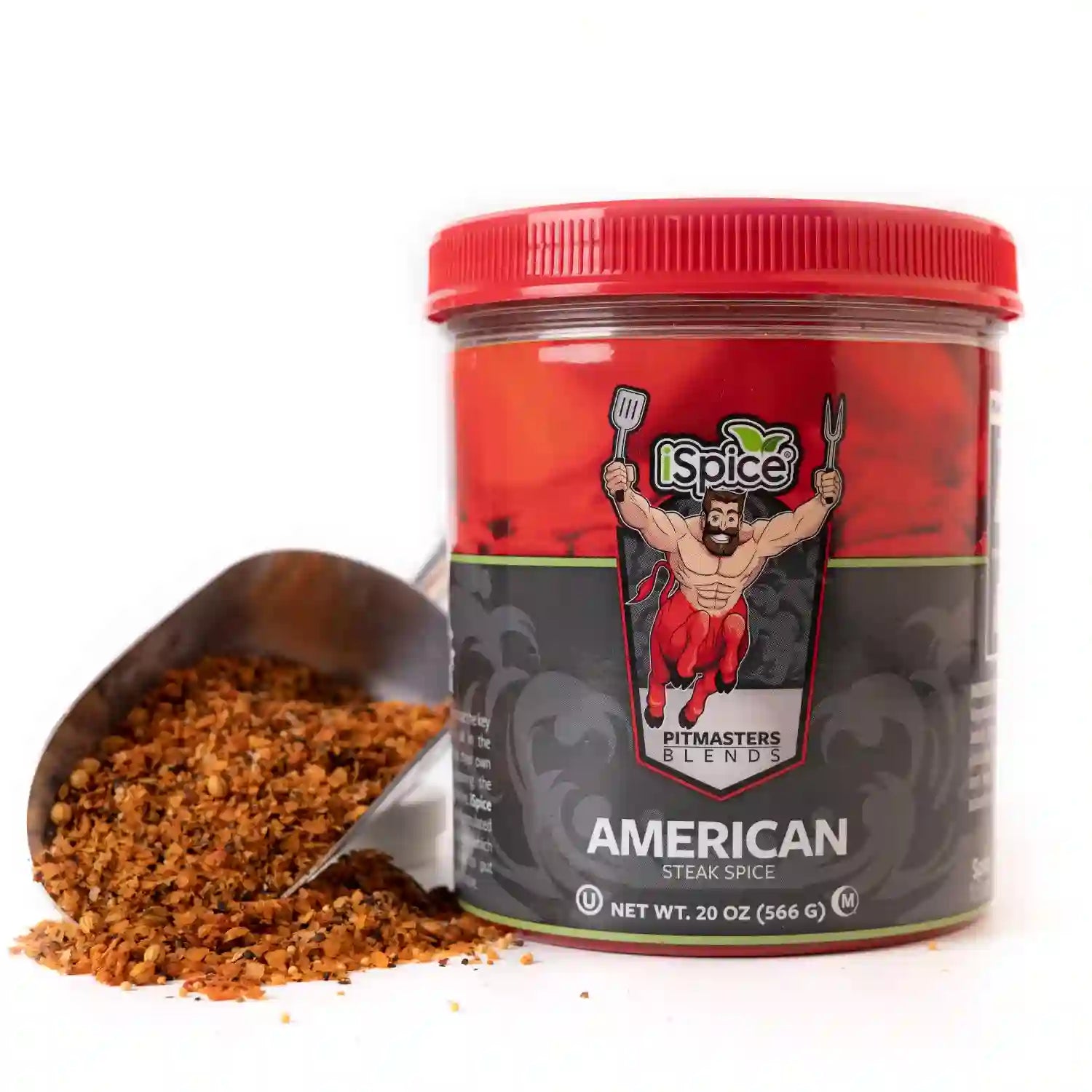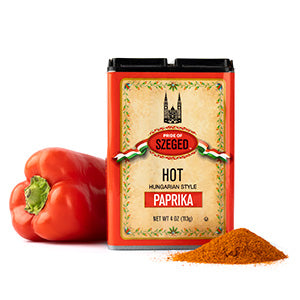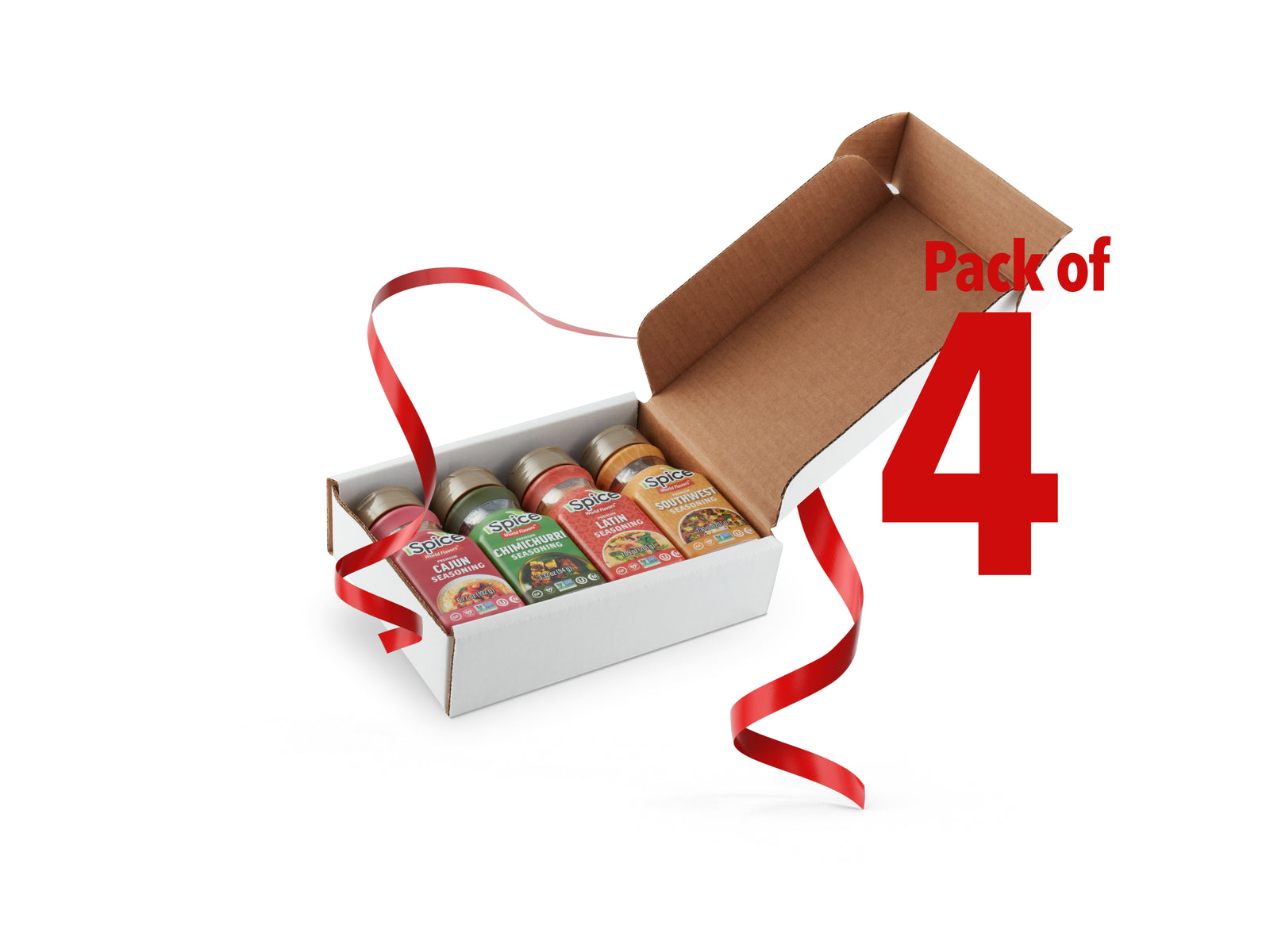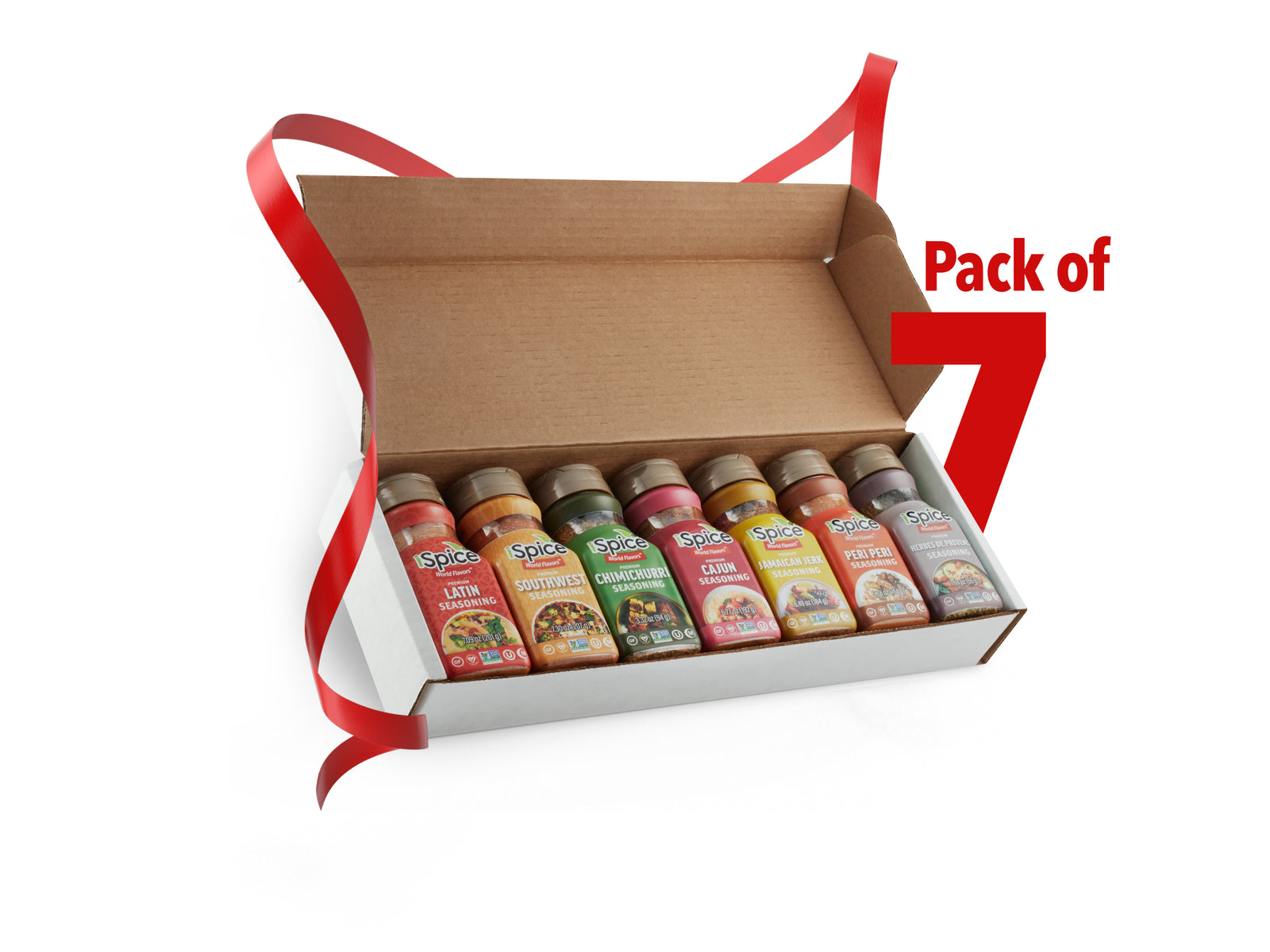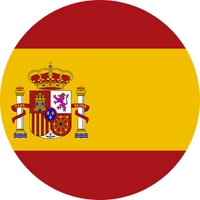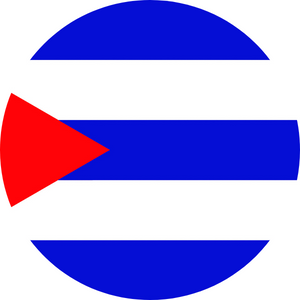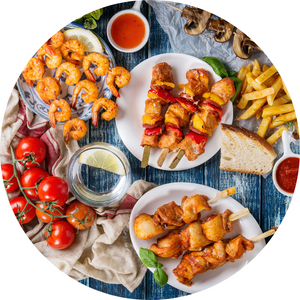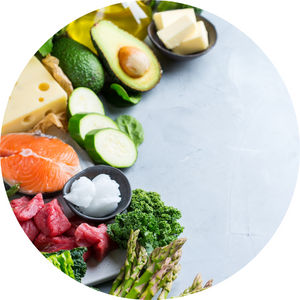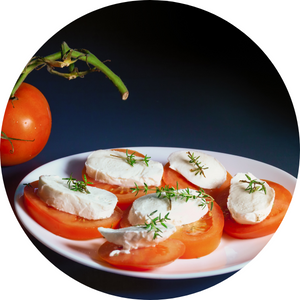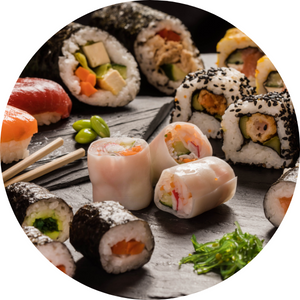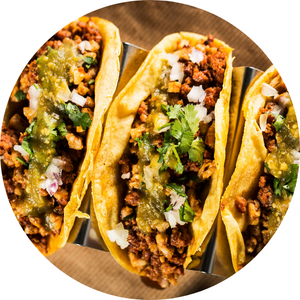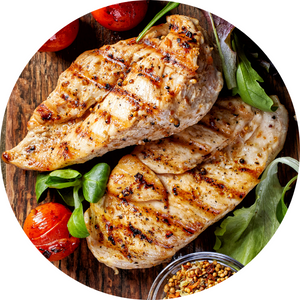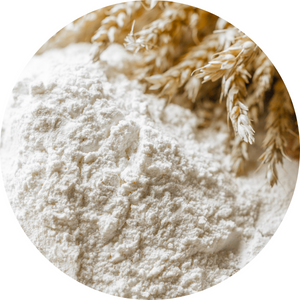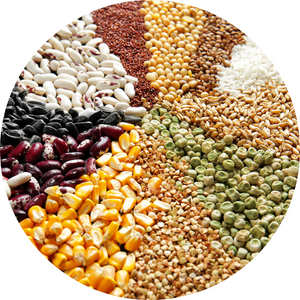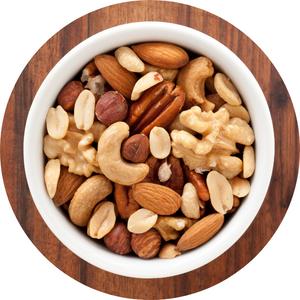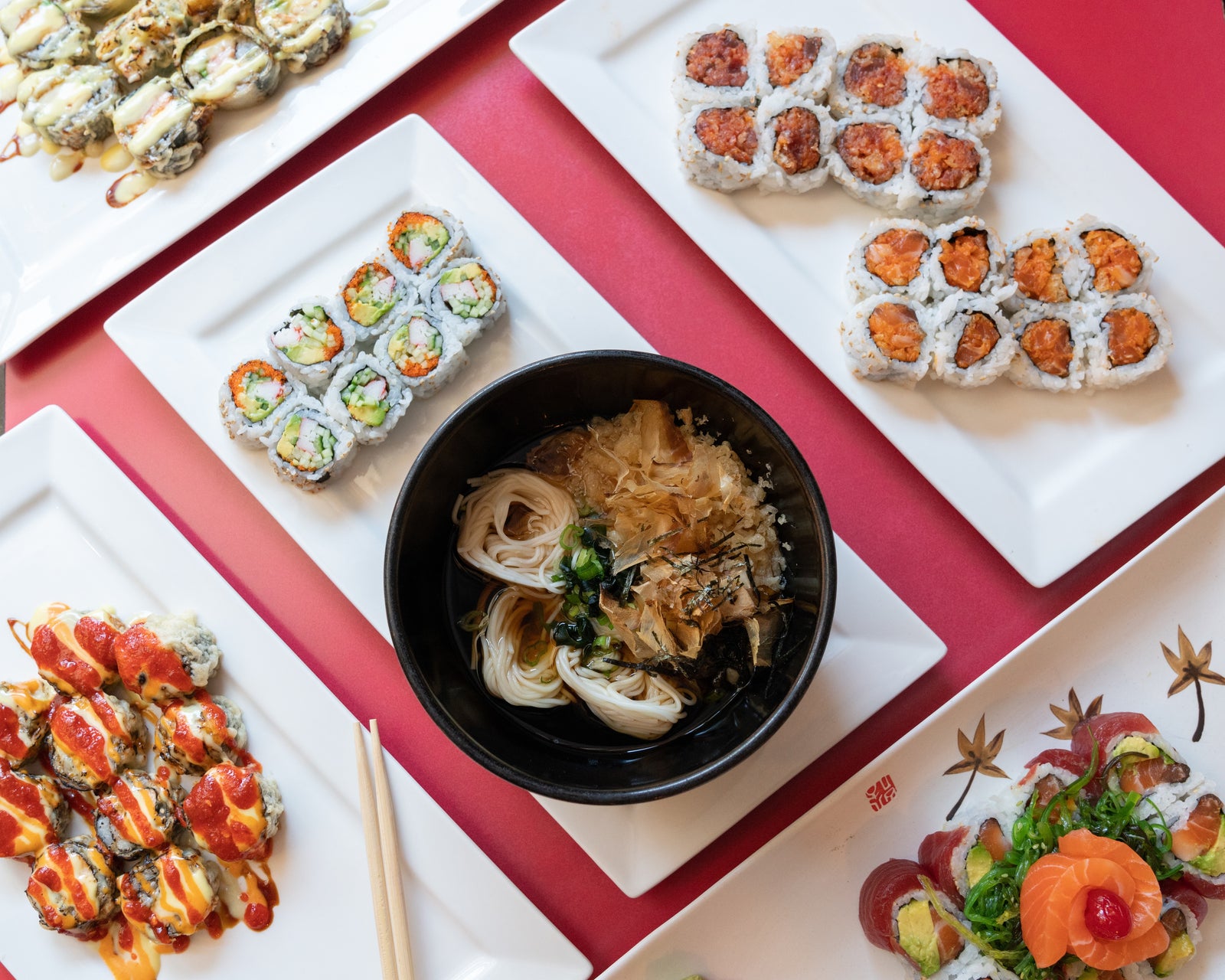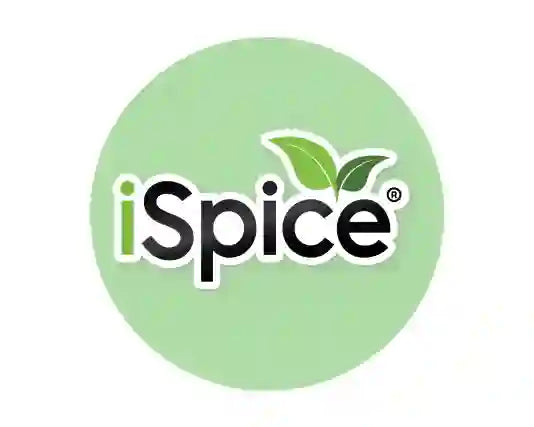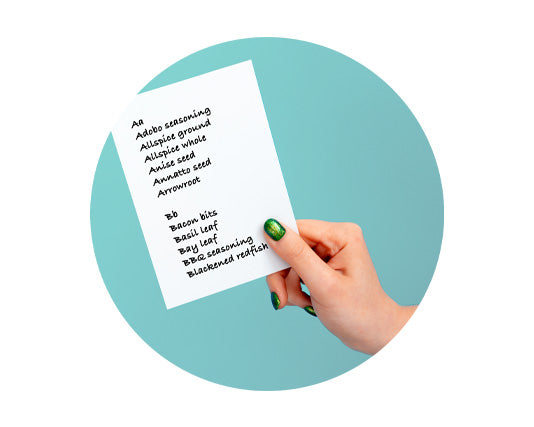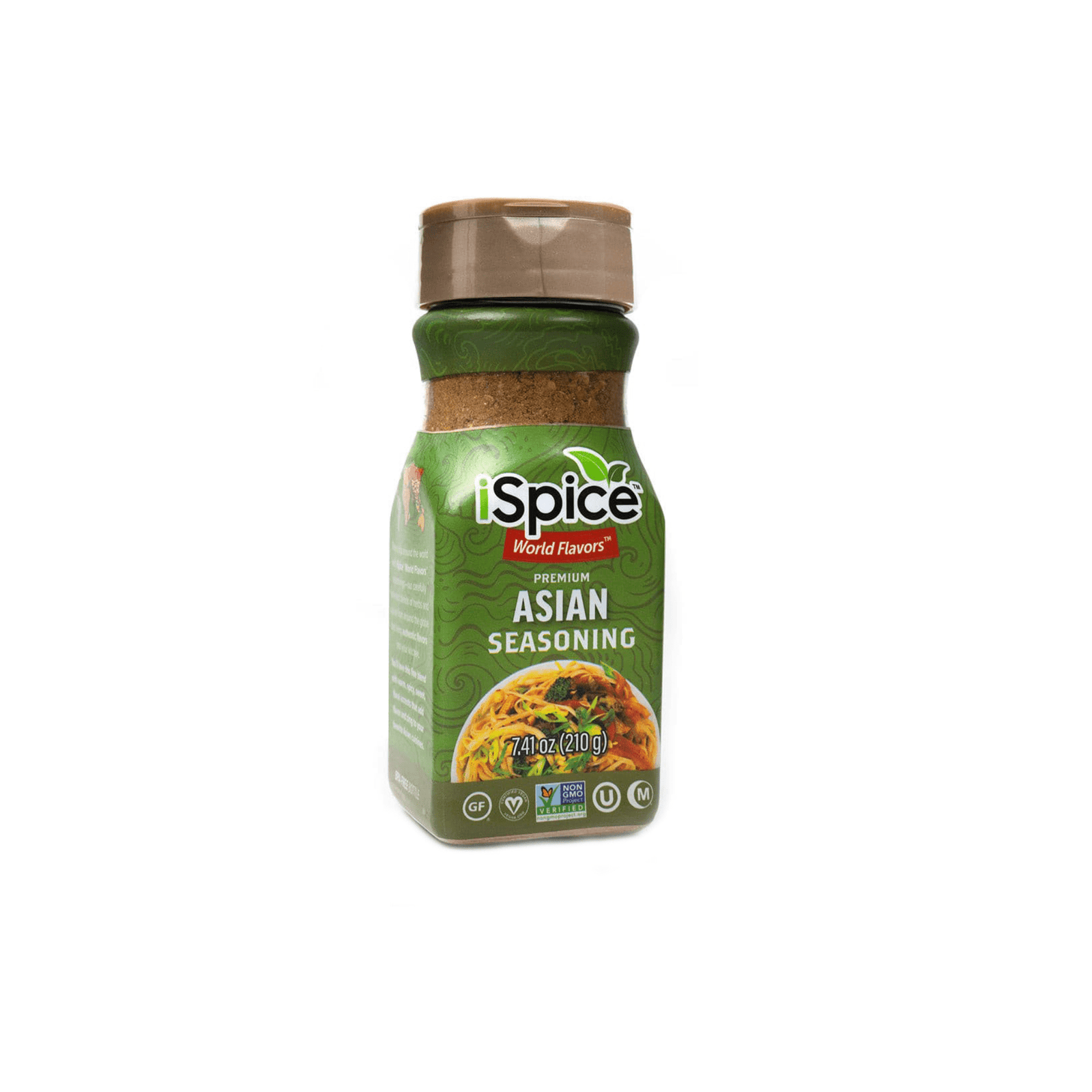
The history of caraway, also known as meridian fennel and Persian cumin, dates back to the stone age, when the seeds were discovered in prehistoric communities in southern Europe. The plant is similar in appearance to carrots and parsnips. The fruits, usually used whole, have a pungent, anise-like flavor, and are used as a spice in bread, especially rye and Irish soda bread. Caraway is also used in desserts, liquors, cakes and casseroles. The roots can be cooked like a vegetable and the leaves are sometimes consumed as herbs, either raw, dried or cooked.
Caraway is used as a flavoring all over the world. In Middle Eastern cuisine, a caraway pudding called Meghli, is a popular dessert during Ramadan. It is also added to flavor harissa, a Tunisian chili pepper paste. In Syrian cuisine it is used to make sweet scones called keleacha. Caraway fruit oil is used as a fragrance component in soaps, lotions and perfumes, and as an ingredient in liquors.
Caraway has a long tradition of use in folk medicine. Both the fruit and the oil have aromatic and stimulant properties, and were used to manage flatulence. In olden times caraway was used as an ingredient in love potions and it was thought to keep pigeons and other fowl from straying from their flocks.
Alert: While spices can have many beneficial properties for health, using them for medical purposes should be done under the guidance and supervision of a healthcare professional or specialist. Some spices may interact with medications or cause adverse reactions in certain individuals, and it is important to use them safely and appropriately. If you are considering using spices for a medical condition, it is important to consult with a healthcare professional before doing so.

